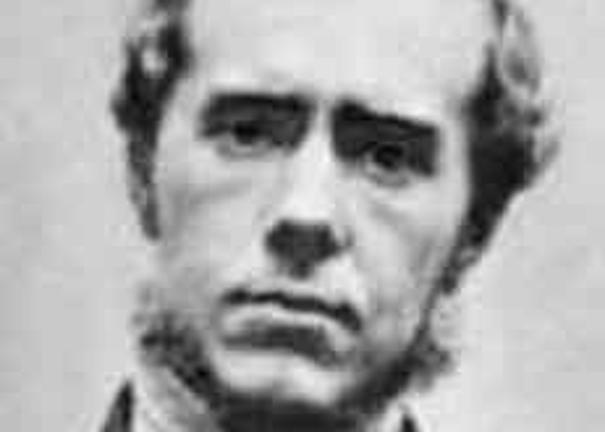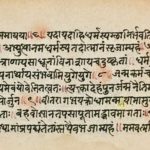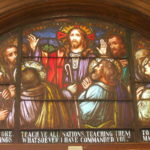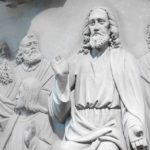“No other missionary…since the Apostle Paul has had a wider vision and has carried out a more systematized plan of evangelizing a broad geographical area than Hudson Taylor.”
– Ruth Tucker
James Hudson Taylor Early Life
James Hudson Taylor was born into a Christian home in Barnsley, England. His father was a chemist and a local Methodist preacher. At the early age of 4, Hudson thrilled his parents when he announced that he wanted to be a missionary and go to China to spread the love of Jesus.
Little did he know that even before he was born, his parents had prayed for God to raise their young son up to become a missionary – a missionary to China.
However, the zeal that little James once had seemed to be fading as the years went by. As a young teen, he began to veer away from his Christian upbringing. But it seemed that God has taken the prayers of James’ parents to heart and was not about to let James slip away so easily.
When James was only 17 years of age, he went into his father’s library in search of a book to read. There he found a gospel tract entitled, “It is Finished,” and decided to read it. At that very moment his mother, who was visiting friends some 75 miles away, began praying for her son. She felt something that day that she had not felt before, an intense burning desire to pray for her son’s salvation. She had determined in her heart that she would not, could not stop praying until God answered her prayers. She was on her knees for hours before she felt something in her spirit that assured her, that God was answering her prayer.
When she came back from her visit nearly 10 days later, James ran up to his mother to share the exciting news. She stopped him and told her son that she’d been rejoicing since the hour that she had prayed. She told him that she already knew what he was about to tell her.
That was not the first prayer that James would see God fulfill and that would not be the last.
According to varied sources, it’s been said that, a few months later, he felt such a strong emotional desire to go to China and it was so overwhelming that, right then and there, he made a promise to the Lord. That commitment would be one that would take him into another country and expose him to the roller coaster of his life.
He had made the biggest pledge that he’d ever make in his life: he told the Lord in prayer that he would go into China and preach the Word of God to villages and communities that had never heard the gospel before.
He began learning Chinese with the aid of a copy of Luke’s Gospel that had been written in the Mandarin dialect, and he began studying the Chinese language. He was serious about this commitment.
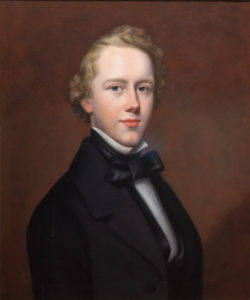 He even called on the Congregational minister in town and asked to borrow his copy of Medhurst’s China, explaining that God had called him to missionary service in that land. “And how do you propose to go there?” the minister inquired. Taylor replied that he did not know but in all probability, he would go forth as did the Twelve and the Seventy, relying solely on the One who sent him to supply all his needs.
He even called on the Congregational minister in town and asked to borrow his copy of Medhurst’s China, explaining that God had called him to missionary service in that land. “And how do you propose to go there?” the minister inquired. Taylor replied that he did not know but in all probability, he would go forth as did the Twelve and the Seventy, relying solely on the One who sent him to supply all his needs.
He was so dedicated that he even began spending his free time as a self-appointed medical missionary in the suburb of Darinside, a neighborhood on the edge of town. He began ministering to those who were sick, poor and hurting.
In the fall of 1852, the Chinese Evangelization Society got word of this and arranged to pay for his training to become a doctor and to serve at the London Hospital on the East End.
Young Taylor began the study of medicine and also began learning Greek, Hebrew, and Latin. He realized, however, that in China he would have to depend utterly upon his Lord for protection, supplies – everything. He would not be guaranteed that he’d have access to medical equipment, medicines or even sterile conditions.
He began reading and claiming scriptures that he’d found in the Bible.
“Whatsoever ye shall ask in my name, that I will do.” He made up his mind that he was going to believe God for all things and he was going to see God move by prayer alone. He felt in his heart that he would have to begin to learn much of what he’d need to know from God the Father himself and he’d need to study the scriptures to do so. That was in 1852.
Before his medical courses were even over, he was on his way to China. He reached Shanghai, China on March 1, 1854. However, once he got to China he discovered that things were not going to go as smoothly as he had envisioned.
He was miserable and homesick.
His eyes were inflamed; he suffered headaches and was simply cold in the climate. Other missionaries took him on preaching tours, and the Imperial Fleet once nearly opened fire on their boats at night in Woosung Creek.
Physical setbacks and the possible civil war coming ever closer made him realize life was no longer safe. He soon evacuated but would not turn his back on his dream.
He eventually returned to Shanghai to explore openings for future residence. Partly to throw Imperialists off his trail, he proceeded up the Yangtze leisurely. From his boat, he visited 58 villages. Very few of these villages had ever seen a Protestant missionary.
He preached, prayed for the sick and distributed books. On Oct. 18, 1855, he left Shanghai again, this time going to Tsungming, a large island in the Yangtze mouth. However, he was ordered out of Tsungming permanently, because local doctors complained to the magistrate that they were losing business to this foreign doctor.
In 1855, he met William Burns, a Scottish evangelist; they began working together as a gospel team. In February of 1856, they both felt called to Swatown, they decided to go. But, the tropical summer left James exhausted and weak.
His burning desire to help the Chinese people would never leave him. In 1856, he was robbed of his traveling bed, his clothes, two watches, surgical instruments. He’d lost everything that he had including a photograph of his sister Amelia and a Bible given to him by his mother. Despite his setbacks, he continued to preach to those who were in darkness.
James Hudson Taylor leads a life of ups and downs, but in spite of it all, he clung to the vision that was forever embedded in his heart. That vision was to bring Jesus, hope, and love to the Chinese people.
On moving to Ningpo around 1857, Hudson met Maria the daughter of Samuel Dyer (a missionary with the London Missionary Society.) In Jan 1858, they were married, but the marriage did not have a happy ending. Four of their children died before ever reaching adulthood and he lost his wife Maria in 1870 to tuberculosis. He’d only been married 12 years. This was all too much for James and, in 1871, he suffered a breakdown. Mentally and physically he was broken. His liver was badly damaged; he was suffering from depression and had difficulty breathing.
Taylor made multiple trips back and forth throughout his life. He returned home in July 1871 where a Miss Faulding came into his life. He married her in London later that year. He was not finished with China yet; in 1872 he returned.
During his lifetime he traveled to America but once, there he preached at Moody’s Northfield Conference and a few other places making a profound impression. As he went back to China in the fall of 1888, he was able to take 14 candidates along from America.
He left for China one last time…his 11th trip there, leaving in February 1905, and arriving in March, traveling alone as his beloved wife had passed on in Switzerland on July 30, 1904.
James Hudson Taylor died in 1905. He was a man devoted to a cause and a man who remained faithful to his vision to the end.
In addition to all the wonderful works that he has done, he is credited with translating the New Testament into a Chinese dialect and founding the China Inland Mission. His life stands as a challenge and inspiration to today’s Christians everywhere.
To read more about his man named James Hudson Taylor, read the book, “Hudson Taylor (Men of Faith series)” previously titled “To China With Love.” This book recounts the thrilling story of the China Inland Mission, and it was written by J. Hudson Taylor himself.

